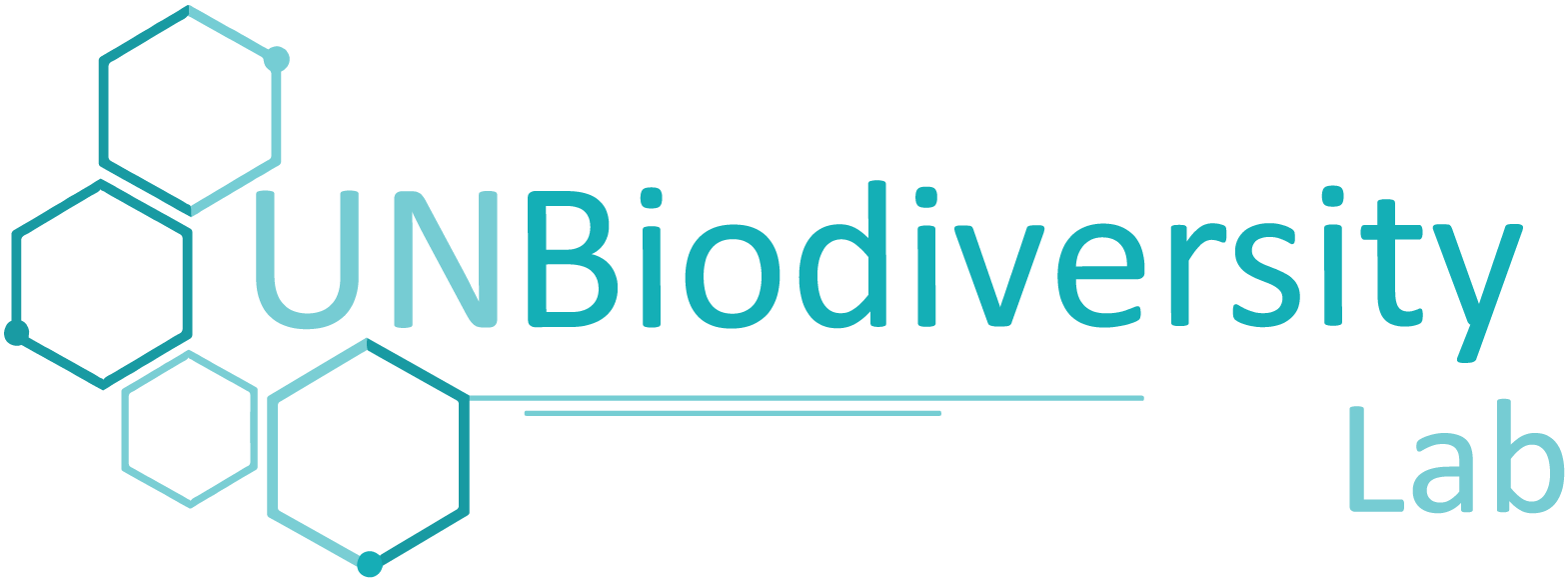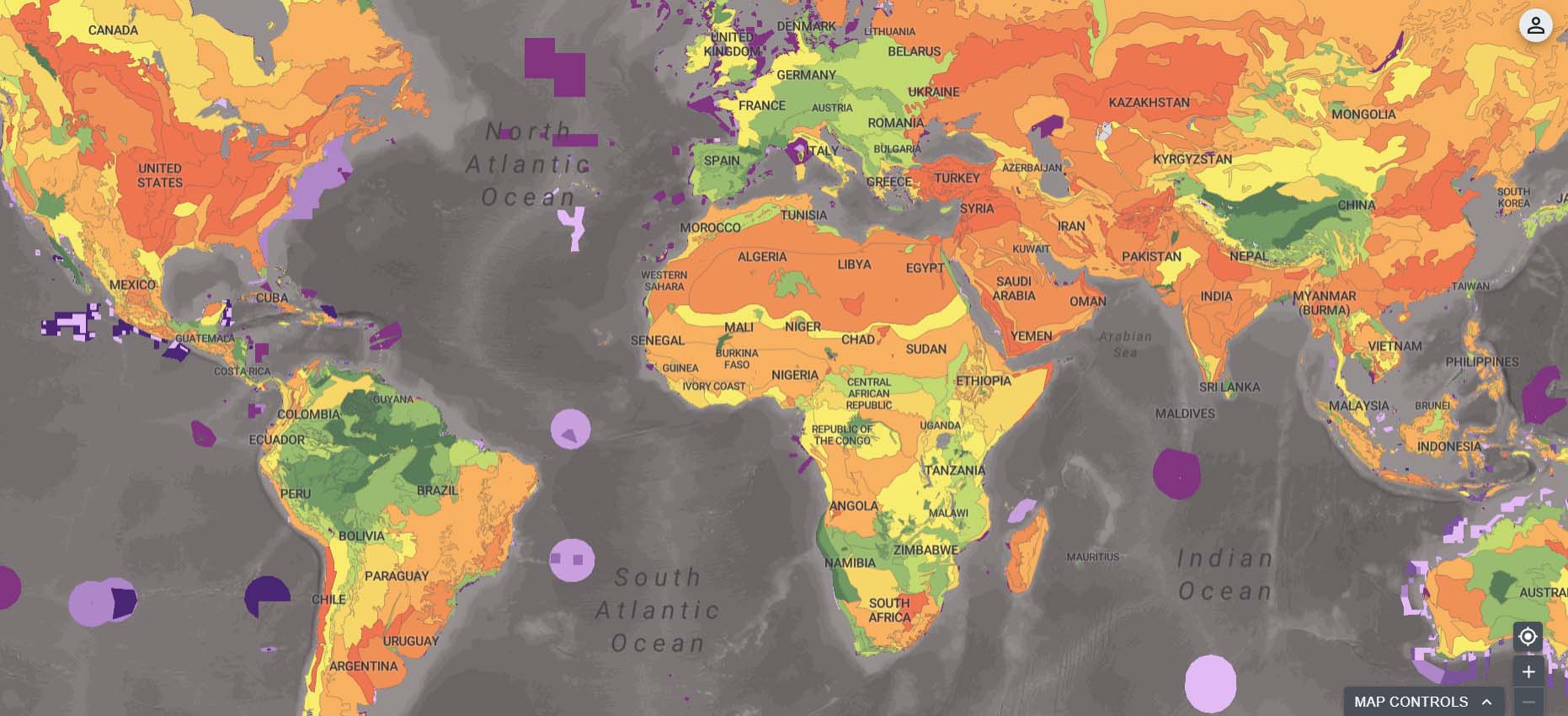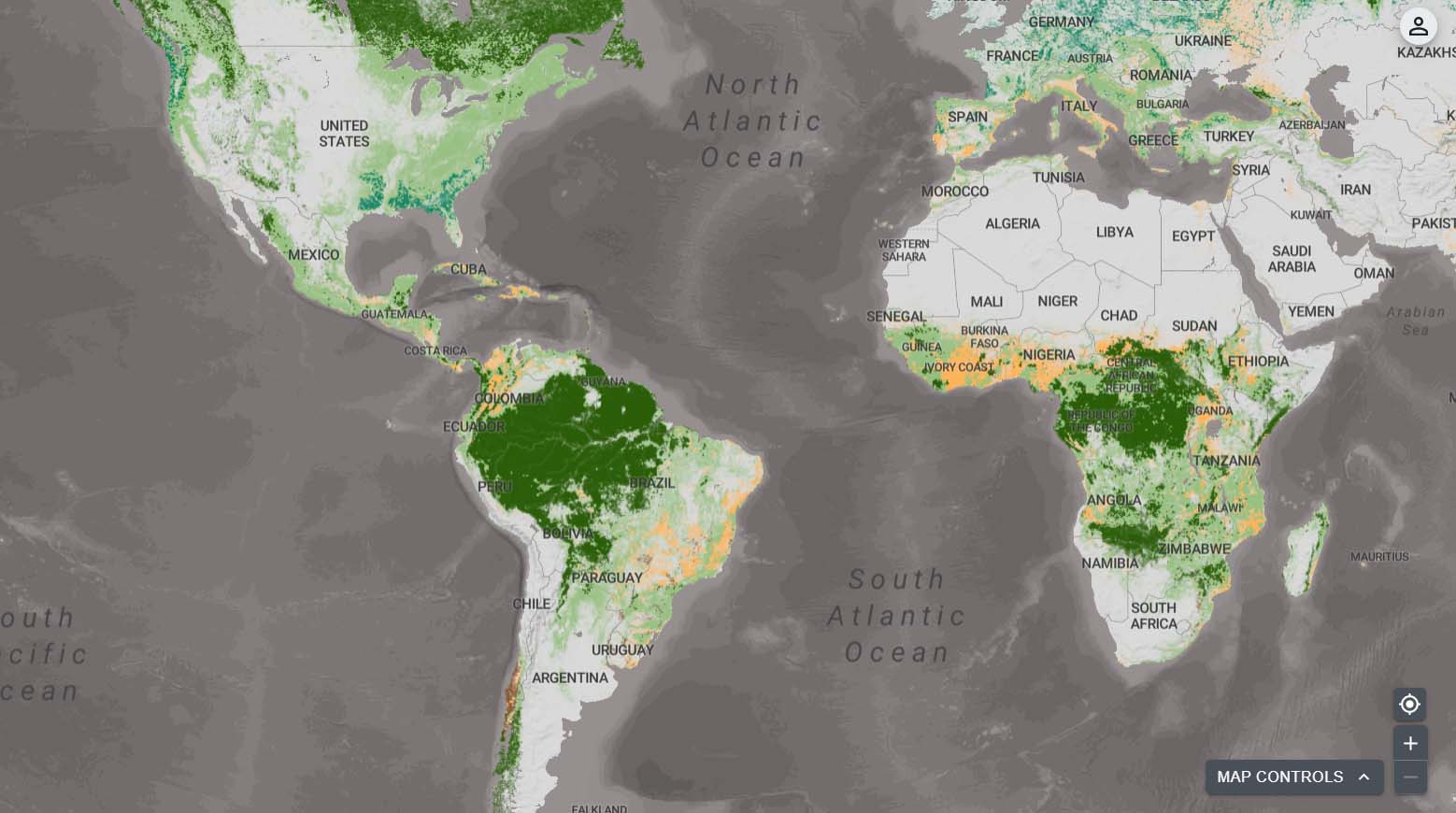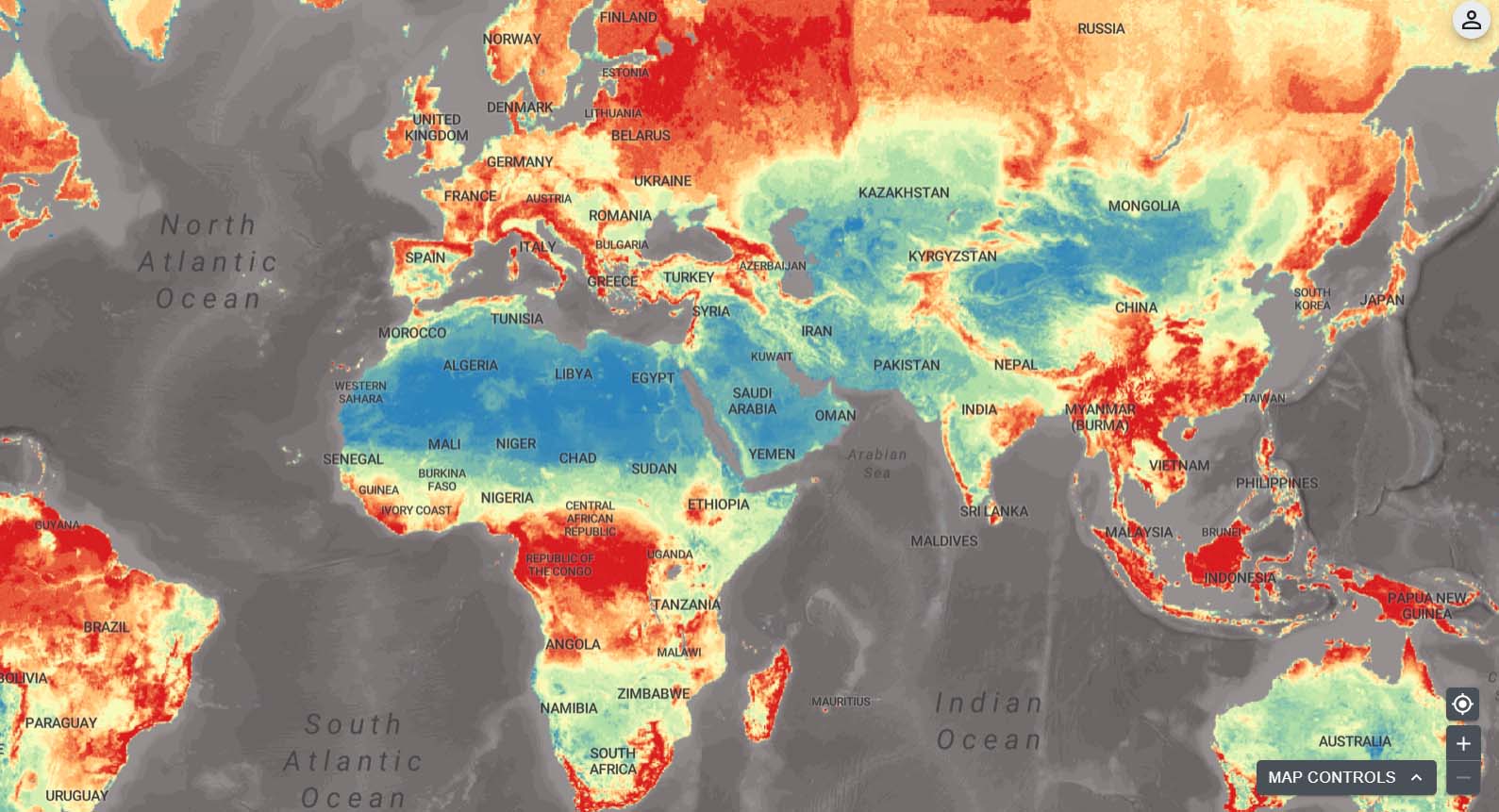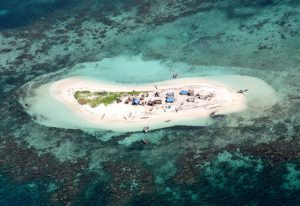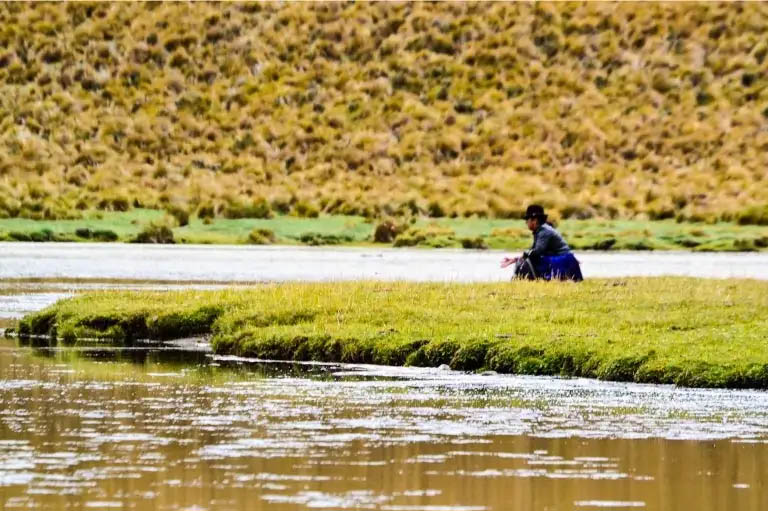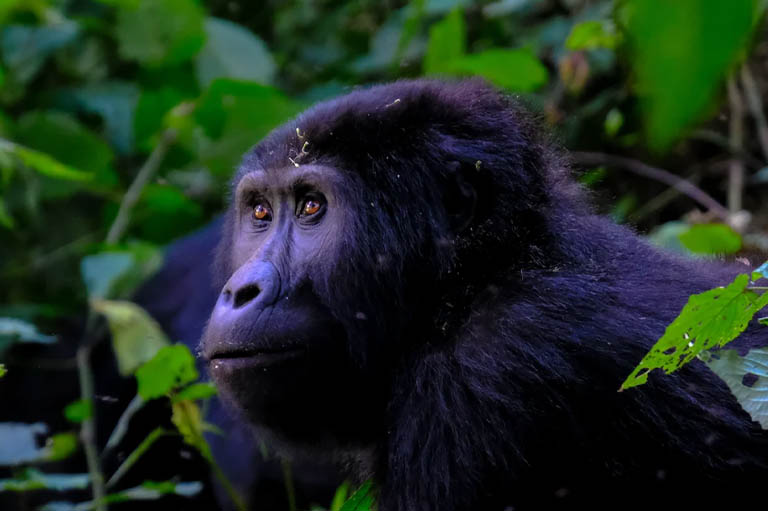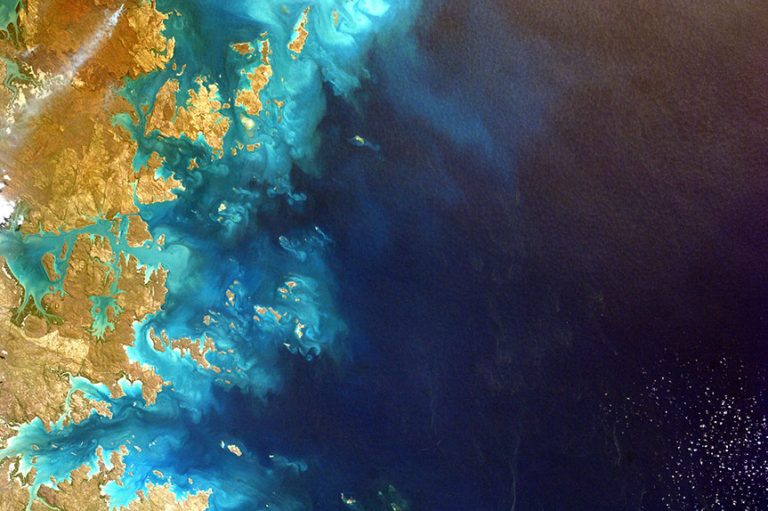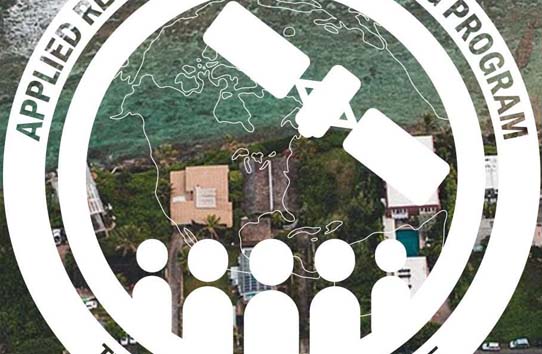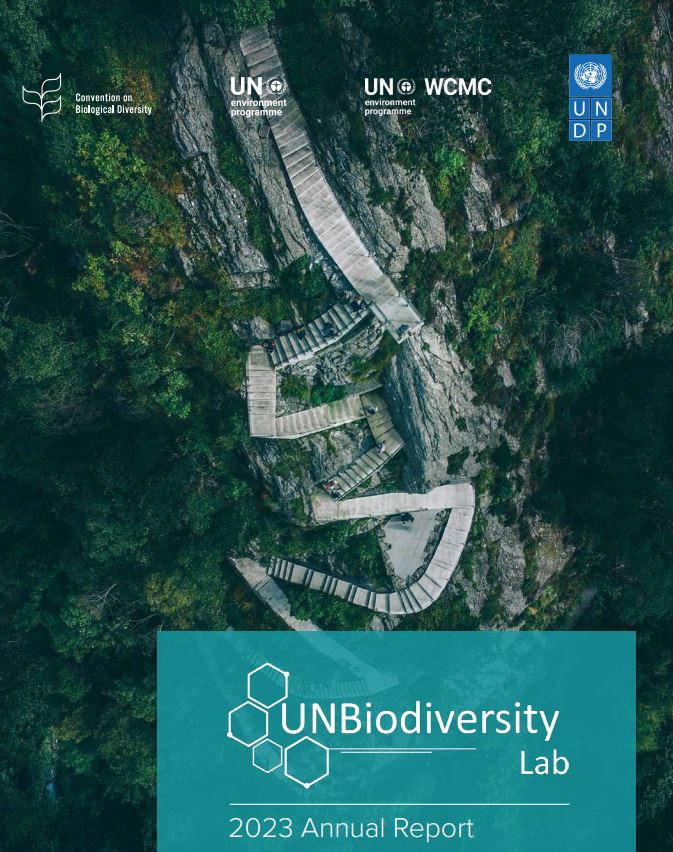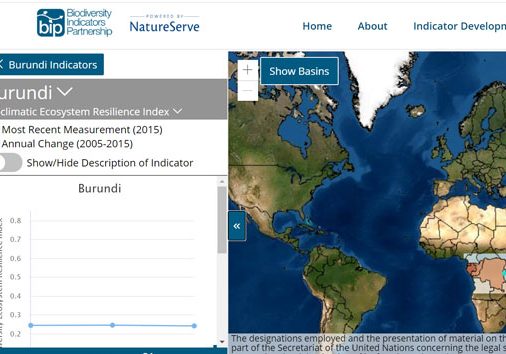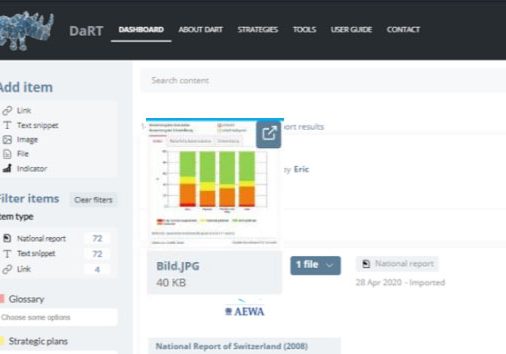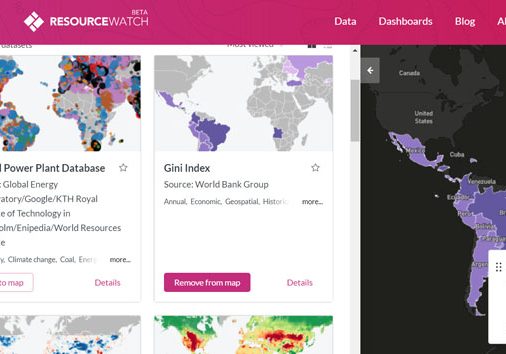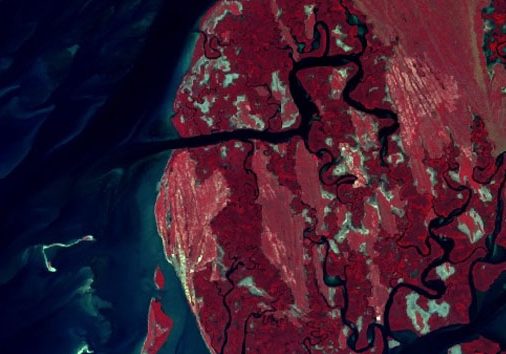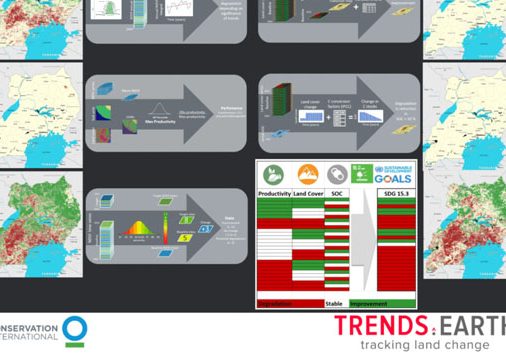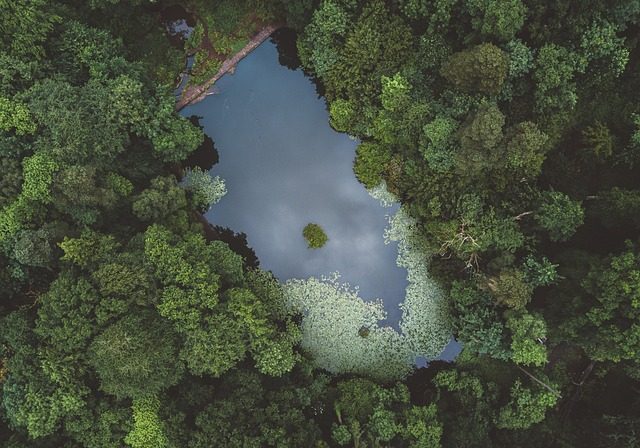Who we are
With over 400 of the world’s best data layers on nature, climate change, and sustainable development, UNBL supports country-led efforts to use national and global spatial data for planning, monitoring, and reporting and to take action for people and planet.
Discover
Explore popular data collections that unlock the power of data to generate insights to address critical issues for nature and sustainable development.
Impact stories
Haiti uses spatial data and aerial imagery to monitor protected areas.
Haiti hosts an incredible array of marine biodiversity, including mangrove forests and coral reefs. In 2013, the first network of marine protected areas in Haiti was established in the southernmost 'Grand Sud' region of southern Haiti. The Port Salut/Aquin Protected Area is over 1,500 kilometres square and includes mixed marine and terrestrial sites.
Read this and other stories in the UNBL Use Case Brochure:
English | French | Portuguese | Russian | Spanish
Impact stories
Haiti uses spatial data and aerial imagery to monitor protected areas.
Haiti hosts an incredible array of marine biodiversity, including mangrove forests and coral reefs. In 2013, the first network of marine protected areas in Haiti was established in the southernmost 'Grand Sud' region of southern Haiti. The Port Salut/Aquin Protected Area is over 1,500 kilometres square and includes mixed marine and terrestrial sites.
Read this and other stories in the UNBL Use Case Brochure:
Eglish | French | Portuguese | Russian | Spanish
More stories:
UN Biodiversity Lab: 2023 Annual Report
Based on data layers from diverse sources, such as satellites, national and global science teams, and Indigenous Peoples and local communities, UNBL maps constitute a powerful resource to address the planetary crises by providing new ways to generate insight for nature and sustainable development.
This annual report presents the key activities, outcomes, and achievements of the UNBL partnership in 2023.
Related initiatives
BIP Dashboard
The Biodiversity Indicators Partnership (BIP) is a global initiative to promote and coordinate the development and delivery of biodiversity indicators for use by the Convention on Biological Diversity (CBD) and other biodiversity-related conventions…
Visit site
Data Reporting Tool for MEAs – DaRT
DaRT provides private and secure national working spaces for Parties to effectively use synergies in the field of knowledge and information management for national reporting to biodiversity-related conventions…
Visit site
Marxan
Marxan is a suite of tools designed to help decision makers find good solutions to conservation planning problems. This includes free software that can be used to solve several types of planning problems and extensive documentation and examples describing a framework for approaching conservation planning.
Visit site
NASA-supported Projects
Through two NASA-funded projects, the United Nations Development Programme (UNDP), UN Member States, and several world-class research institutions are working in partnership to provide world-class data on forests, climate change, and conservation…
Visit site
Resource Watch
Resource Watch features hundreds of data sets all in one place on the state of the planet’s resources and citizens. Users can visualize challenges facing people and the planet, from climate change to poverty, water risk to state instability, air pollution…
Visit site
SEPAL
System for earth observations, data access, processing & analysis for land monitoring, allows users to query and process satellite data quickly and efficiently, tailor their products for local needs, and produce sophisticated and relevant geospatial analyses quickly…
Visit site
Trends.Earth
Trends.Earth, formerly the Land Degradation Monitoring Toolbox, is a platform from Conservation International for monitoring land change using earth observations in an innovative desktop and cloud-based system…
Visit site
WePlan – Forests
WePlan – Forests is a decision support platform for tropical and subtropical forest ecosystem restoration planning that aims to maximise the climate change mitigation, biodiversity conservation and poverty alleviation benefits arising from forest restoration.
Visit site
